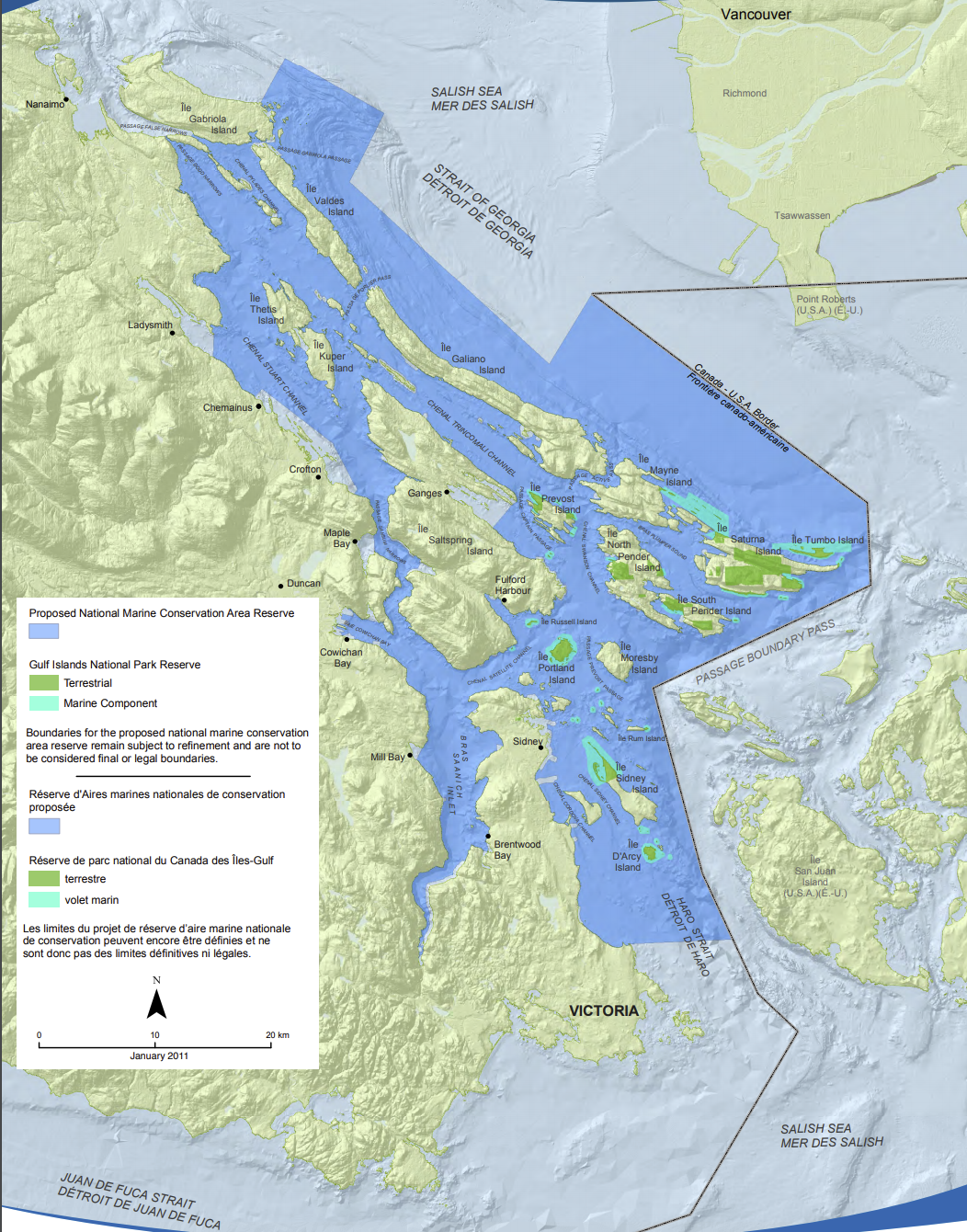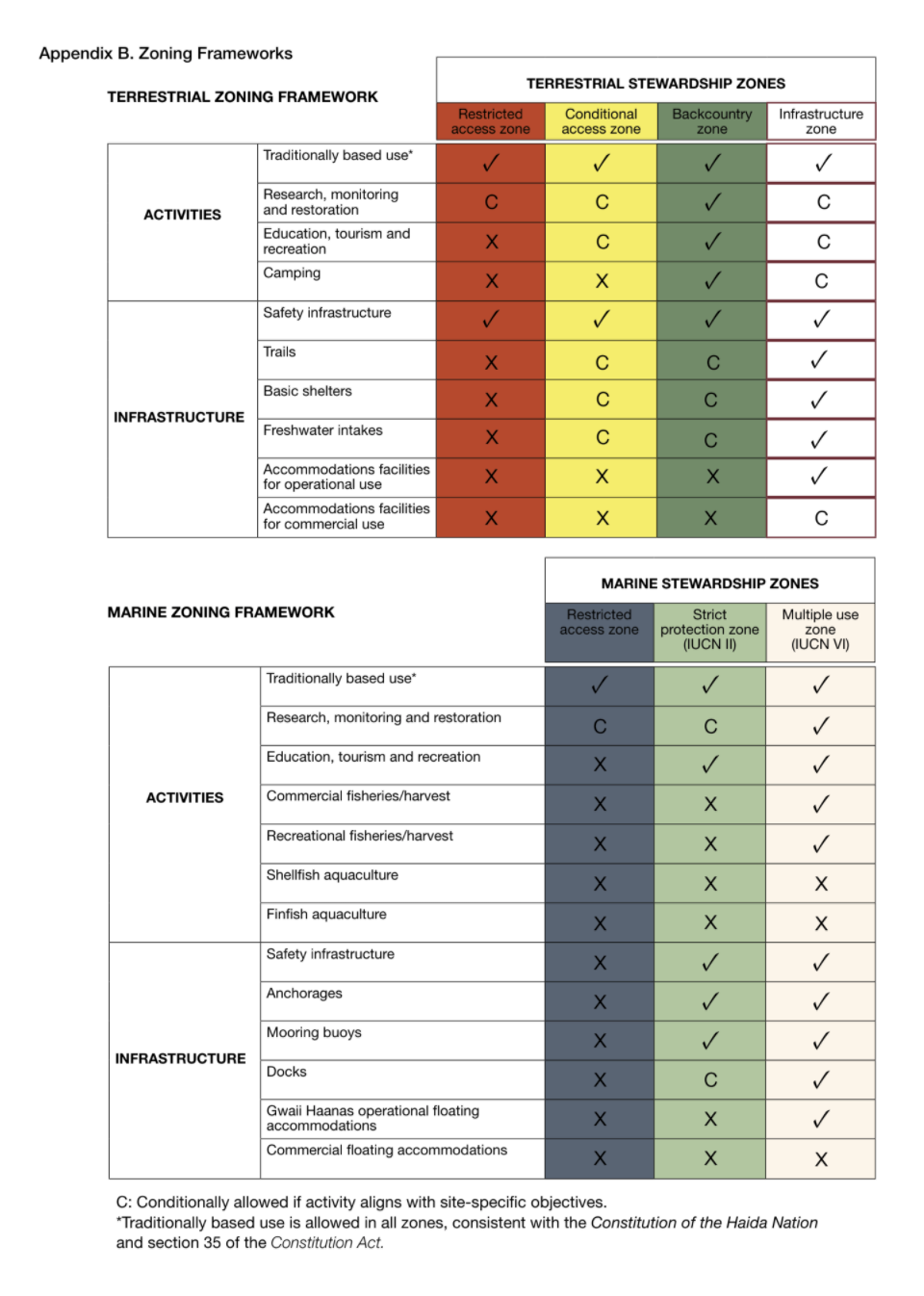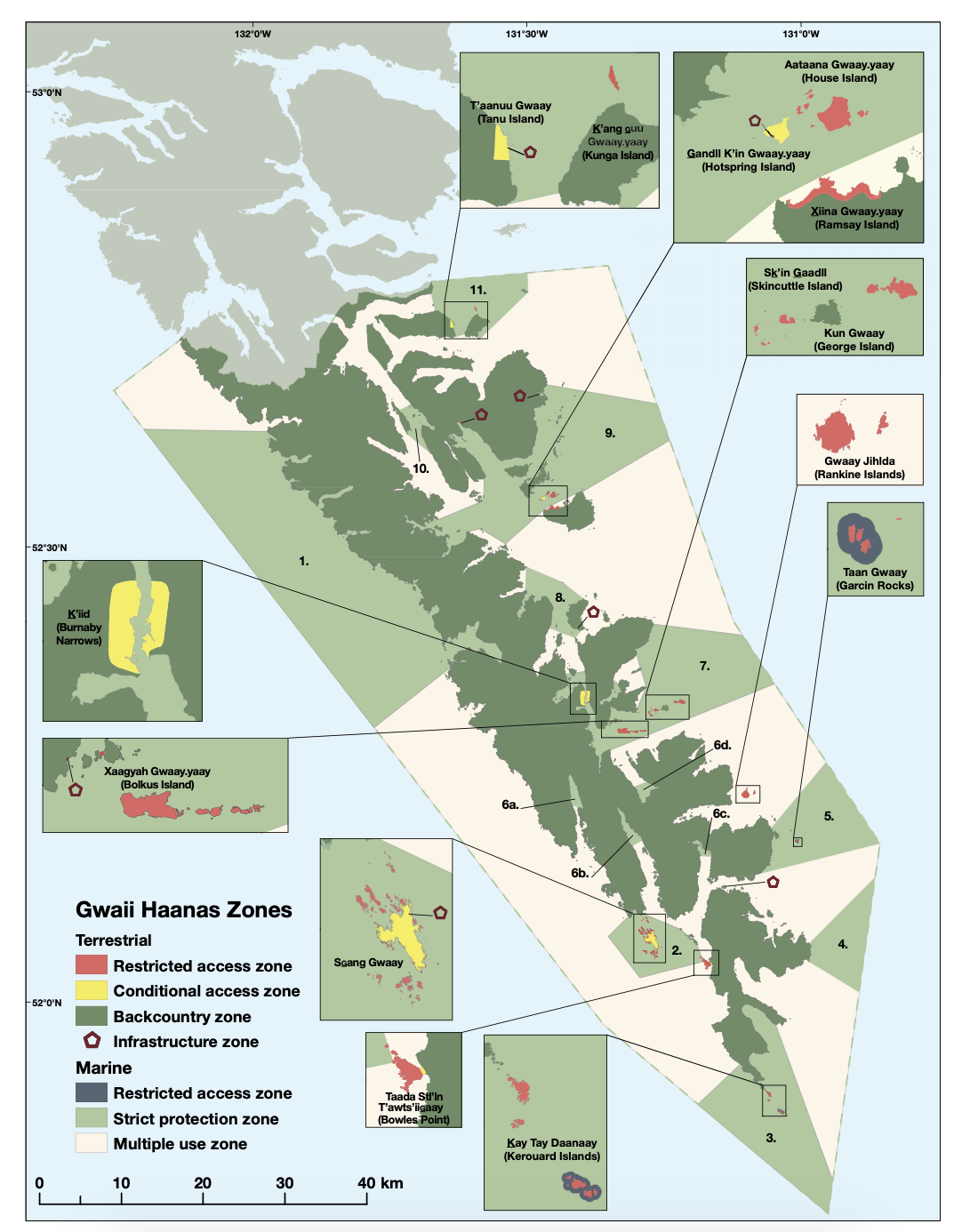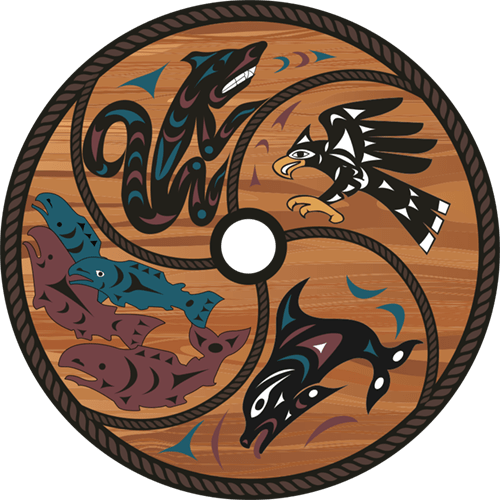The marine territory of the W̱SÁNEĆ in the Southern Strait of Georgia is home to more than 3,000 species. These include the world’s largest octopus, 100-year-old rockfish, vast schools of herring and salmon, millions of sea birds, as well as seals, sea lions, dolphins and whales, including the iconic southern resident killer whales.

Many of these species are at risk of extinction, with only 73 southern resident killer whales remaining and rapidly declining herring populations. Incredibly, B.C. is still one of the only provinces in Canada without legislation dedicated to protecting and recovering species at risk
The proposed National Marine Conservation Area Reserve (NMCAR) is a unique legal entity that would theoretically protect:
- The sensitive ecology of the Strait of Georgia
- W̱SÁNEĆ rights, including cultural activities such as hunting and fishing
- Unsettled Indigenous land claims
- Commercial usage with the exception of oil and gas exploration, development or under-seas mining.
The establishment of the proposed NMCAR would theoretically not negatively affect the recognition of Douglas Treaty rights. Instead, the proposed NMCAR would recognize W̱SÁNEĆ rights while at the same time protecting the ecosystem. In the proposal, First Nations within the NMCAR’s boundaries, including the W̱SÁNEĆ, would have active and significant responsibilities within the NMCAR governance structure.
In the establishment of a National Marine Conservation Area, there are five steps:
- Site selection
- Feasibility assessment (we are here)
- Negotiations
- Interim Management Plan
- Establishment
The project is currently in the feasibility phase. During this phase Parks Canada asks First Nations to consider the following questions: Is an NMCAR practical and desirable? Can the goals of an NMCAR be achieved in the study area? Is broad, community-based support present, especially with local residents, First Nations and stakeholder groups?
While the proposal may have points of merit, the W̱SÁNEĆ Leadership Council is exercising extreme caution and due diligence investigating the ecological, cultural and legal implications of executing this proposal.
Shauna Johnson, the W̱SÁNEĆ Leadership Council’s Marine Use Planner explains:
“Right now, I don’t know what I think about the proposal. We are at the information gathering stage. We need to be clear on the legal environment. A National Marine Conservation Area Reserve has different legal implications than a Marine Park, Eco Reserve or Marine Protected Area. We need to understand the differences and ascertain which ones align with our values. We also want to find out what the history of each of these legal designations are with other First Nations“
The WLC is bringing in speakers to consult with, including those from First Nations that have had experience with an NMCAR in their territory, such as the Gwaii Haanas National Park Reserve located in the southern islands of Haida Gwaii, approximately 100 kilometres off the northern British Columbia coast.
The WLC is also obtaining other sources of data to compare with Park’s Canada data. Johnson continues, “Ross Jamieson (of CPAWSBC) analysis may be different than Park’s Canada.”
In addition to evaluating the NMCAR’s possible legal, cultural and ecological implications, the proposed boundary is also being evaluated.
W̱SÁNEĆ knowledge holders have identified preliminary concerns that the proposed boundary is not holistic because some areas are excluded, including Ganges Harbour and other important places to W̱SÁNEĆ people.
Further, the method proposed by Parks Canada to ensure environmental protection throughout the proposed NMCAR is the establishment of “zones.” These zones range from areas where no activity (except Indigenous use) can occur to “multi-use” zones. An example of this can be seen in the Gwaii Haanas Land-Sea-People Management Plan:


“It’s a huge project that’s been in the works for ten years. We are just getting up to speed. It’s a ton of work.” Johnson says.
Despite the complexities, the WLC is committed to ensuring the ecological health of the territory for generations to come. Whether the solution is a joint agreement between Parks Canada, BC, and other First Nations through the proposed NMCAR remains to be seen.
For updates on the NMCAR, please subscribe to our newsletter


